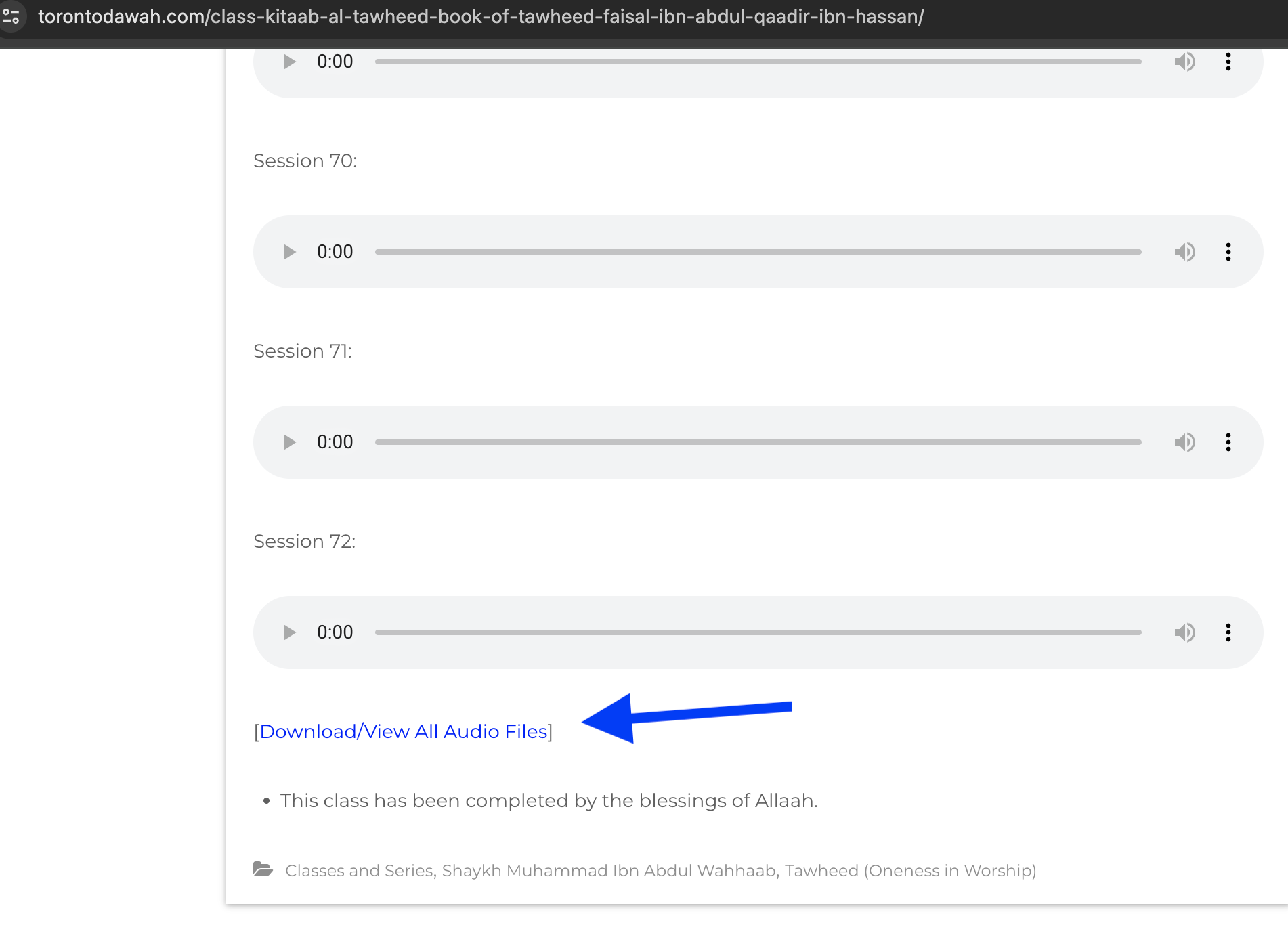Some scholars use the hadith narration to state that the sunnah prayers before Dhur are to be prayed separately in twos instead of being prayed all at once:
عَنْ عَاصِمِ بْنِ ضَمْرَةَ، قَالَ سَأَلْنَا عَلِيًّا عَنْ صَلاَةِ، رَسُولِ اللَّهِ صلى الله عليه وسلم مِنَ النَّهَارِ فَقَالَ إِنَّكُمْ لاَ تُطِيقُونَ ذَاكَ . فَقُلْنَا مَنْ أَطَاقَ ذَاكَ مِنَّا . فَقَالَ كَانَ رَسُولُ اللَّهِ صلى الله عليه وسلم إِذَا كَانَتِ الشَّمْسُ مِنْ هَا هُنَا كَهَيْئَتِهَا مِنْ هَا هُنَا عِنْدَ الْعَصْرِ صَلَّى رَكْعَتَيْنِ وَإِذَا كَانَتِ الشَّمْسُ مِنْ هَا هُنَا كَهَيْئَتِهَا مِنْ هَا هُنَا عِنْدَ الظُّهْرِ صَلَّى أَرْبَعًا وَصَلَّى أَرْبَعًا قَبْلَ الظُّهْرِ وَبَعْدَهَا رَكْعَتَيْنِ وَقَبْلَ الْعَصْرِ أَرْبَعًا يَفْصِلُ بَيْنَ كُلِّ رَكْعَتَيْنِ بِالتَّسْلِيمِ عَلَى الْمَلاَئِكَةِ الْمُقَرَّبِينَ وَالنَّبِيِّينَ وَالْمُرْسَلِينَ وَمَنْ تَبِعَهُمْ مِنَ الْمُؤْمِنِينَ وَالْمُسْلِمِينَ .
Asim bin Damrah said:
“We asked Ali about the prayer of the Messenger of Allah during the day. He said: ‘You will not be able to do that.’ We said: ‘Whoever among is able (he will)?’ So he said: ‘When the sun appeared over there (east) like it appears here (west) at Asr, the Messenger of Allah would pray two Rak’ah, and when the sun appeared over there (east) like it appears here (west) at Zuhr, he would pray four Rak’ah. And he would pray four before Zuhr and two after it, *and four before Asr separating between every two Rak’ah with At-Taslim* upon the angels that are close (to Allah) and those who follow them among the believers, and the Muslims.” [Reported by at-Tirmidhi and an-Nasaa’i and others]
Note: In relation to this specific narration, there is a difference of opinion concerning the interpretation of its meaning and a slight difference of opinion concerning its authenticity. However, in all cases what is derived generally from the voluntary prayers that have been reported is that the origin concerning the sunnah prayers is that they are prayed in twos similarly to the night prayer as the noble Prophet صلى الله عليه وسلم said,
صلاة الليل مثنى مثنى
“The night prayer is prayed in twos” [Reported by al-Bukhari and Muslim on the authority of Aisha رضي الله عنها]
Likewise it has been reported from the Sahabahi Ibn Umar رضي الله عنه that he said,
صلاة النهار مثنى مثنى
“The voluntary prayers in the day are also prayed in twos.” [Reported by Ibn Wahb in Juz of Hadeeth (#348). Also refer back to Fat-hul Baari (479/2)]
On the other hand, some scholars incline to the opinion that the voluntary prayers are prayed with one tasleem and they use the narrations that have been reported that the Prophet صلى الله عليه وسلم prayed the night prayer in a number of units with one tasleem and as well they use the authentic narration that the Sahaabi Abdullah bin Umar رضي الله عنه prayed a voluntary prayer in fours during the day with one tasleem. Also, some other scholars have added other narrations although their chains have some weakness to show the virtue for praying the sunnah prayers before Dhur with one tasleem.
Also, these group of scholars object to those who say that praying four rak’ahs all at once would resemble the obligatory prayers in how they are prayed since they say that the voluntary prayers with one tasleem would have only one tashahud contrary to the obligatory prayers of four units.
In conclusion: The opinion of a group of scholars of our time is that it is better to pray the sunnahs of the day in twos being that is the standard for praying the sunnah prayers during the night and the day. However, if a person were to pray them all at once, then there is no harm in that since the generality of the texts apply for both ways.
Mentioned by
AbdulFattaah Bin Uthman
Abu Fajr




